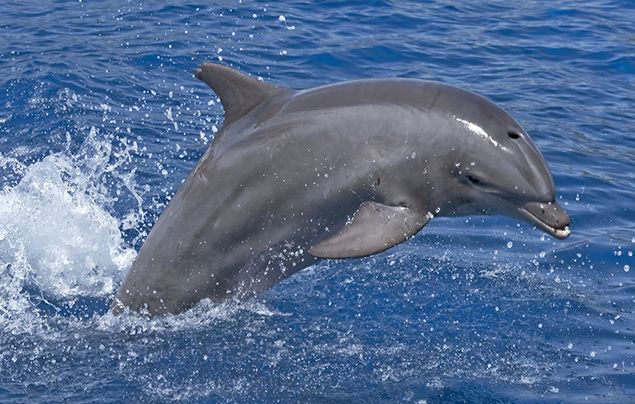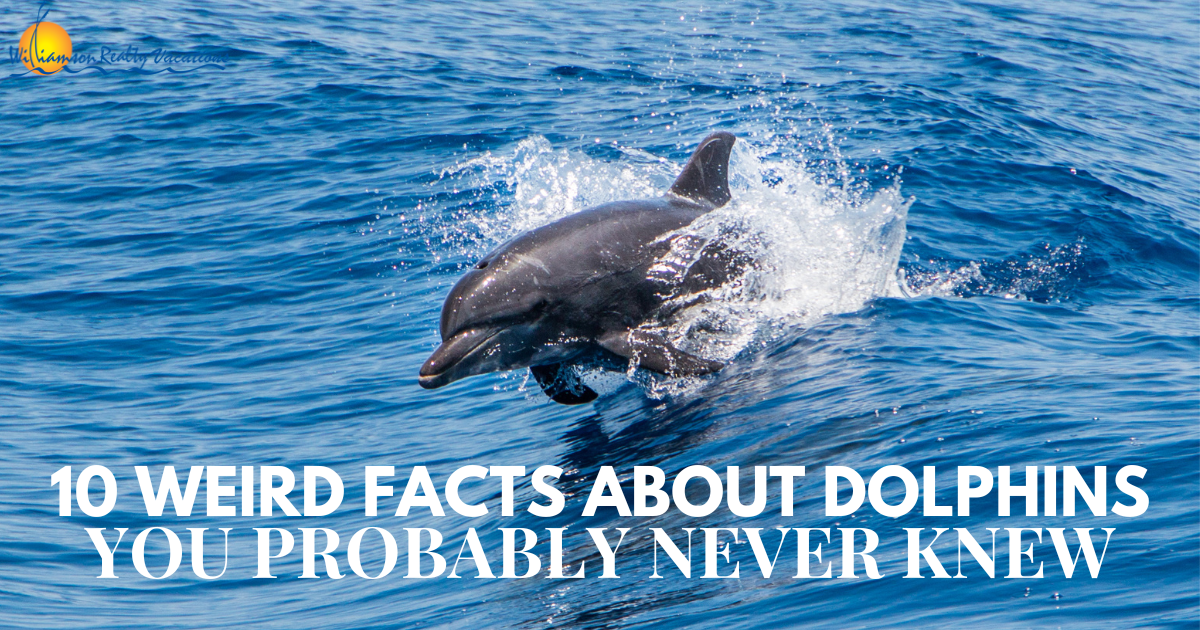Incredible Dolphin Facts About Their Role in Ocean Conservation
Dive Into the Ocean: Fascinating Dolphin Realities for Ocean Lovers
The globe of dolphins offers a fascinating junction of knowledge, social behavior, and eco-friendly relevance. With roughly 37 varieties, these aquatic creatures show a variety of impressive attributes that not only captivate ocean enthusiasts however additionally emphasize their vital function in aquatic ecological communities. From their intricate communication methods to their excellent problem-solving capabilities, dolphins test our understanding of animal knowledge. Nonetheless, the pushing need for preservation initiatives to safeguard these animals and their habitats elevates essential concerns concerning our duty in the direction of the sea's citizens. What ramifications do these factors hold for our communications with these remarkable beings?
Dolphin Variety Variety
Diversity is a trademark of the dolphin household, encompassing a large range of types that display unique physical attributes, actions, and habitats. The household Delphinidae, typically called oceanic dolphins, consists of around 37 types, each adapted to specific eco-friendly niches. For instance, the bottlenose dolphin (Tursiops truncatus) is renowned for its knowledge and versatility, prospering in both coastal and open sea settings.
In contrast, the orca (Orcinus whale), commonly referred to as the killer whale, is the biggest participant of the dolphin household and is identified by its striking black-and-white coloration. Orcas demonstrate intricate social structures and searching strategies, showcasing the behavioral variety within the household. Other types, such as the spinner dolphin (Stenella longirostris), are kept in mind for their acrobatic displays and choice for warmer waters, highlighting the adaptability of dolphins to numerous aquatic ecosystems.
Furthermore, river dolphins, consisting of the pink river dolphin (Inia geoffrensis), occupy freshwater settings, better highlighting the extensive environments that dolphins inhabit. Dolphin Facts. This amazing diversity not just enriches marine environments however additionally stresses the value of conservation initiatives to safeguard these impressive animals and their environments
Social Habits and Interaction
The elaborate social habits and communication approaches of dolphins are crucial components of their presence, helping with group communication and boosting survival. These highly smart marine mammals exhibit facility social frameworks, often creating coverings that can vary from a few people to over a hundred. Within these groups, dolphins take part in actions such as cooperative hunting, social play, and common security, which promote strong bonds among members.
Dolphins make use of a sophisticated range of articulations, including clicks, whistles, and body movement, to share information and share emotions. Their signature whistles function as one-of-a-kind identifiers, akin to names, making it possible for people to call out to one another. This singing communication is enhanced by non-verbal signals, such as jumping, slapping the water, and integrated swimming, which further boosts their communications.

Distinct Feeding Routines
Special feeding use this link habits characterize dolphins, showcasing their versatility and intelligence in different marine environments. These aquatic creatures are recognized for their diverse diet regimens, which primarily include fish, squid, and shellfishes. Their searching techniques can differ dramatically, often customized to the details victim and environmental problems.
One notable method is participating hunting, where dolphins function in groups to herd schools of fish into limited developments, making it easier for individuals to capture their dish. This social behavior not just improves their feeding efficiency but likewise reinforces social bonds within the pod. Furthermore, dolphins have actually been observed employing a strategy called "fish-whacking," where they utilize their tails to stun or confuse fish, assisting in easier capture.
One more remarkable feeding behavior is echolocation, which permits dolphins to spot prey also in dirty waters. In general, the one-of-a-kind feeding routines of dolphins highlight their duty as proficient predators within the aquatic environment, demonstrating both intelligence and ingenuity.
Intelligence and Issue Fixing
Dolphins exhibit impressive cognitive capacities that prolong beyond their innovative feeding methods. Their knowledge appears in their problem-solving abilities, social interactions, and capacity for discovering. Research has demonstrated that dolphins can make use of tools, such as making use of marine sponges to secure their rostrums while foraging on the seafloor. This actions highlights their capacity to manipulate their environment efficiently and adapt techniques to boost survival.
Furthermore, dolphins exhibit innovative communication abilities, using a complicated system of clicks, whistles, and body language. Dolphin Facts. This communication is vital for collaborating team activities, such as hunting and mingling, illustrating their capability to work jointly in the direction of a typical goal. Their capability to understand abstract principles, including self-recognition in mirrors, additionally emphasizes their cognitive elegance
In regulated researches, dolphins have shown a capability to fix puzzles and carry out jobs that call for both memory and essential reasoning. These communications suggest not just intelligence yet additionally a readiness to engage with their environment in novel means. Generally, the cognitive expertise of dolphins puts them among the most intelligent species on the world, fostering a much deeper recognition for their function in aquatic environments.
Preservation and Environmental Influence
Conservation efforts focused on protecting aquatic ecological communities are crucial for maintaining dolphin populations and their environments. Dolphins are highly delicate to environmental changes, and their survival is intricately linked to the wellness of oceanic communities. Overfishing, pollution, and environment modification present considerable threats to both dolphins and their settings.
Overfishing interrupts the food chain, resulting in a decrease in victim species vital for dolphin survival. Additionally, contaminants such as chemicals and plastics build up in aquatic atmospheres, threatening dolphins with ingestion and bioaccumulation. Increased link water temperatures and ocean acidification, consequences of climate modification, further jeopardize the delicate equilibrium of marine environments, affecting dolphin breeding and migratory patterns.
Preservation efforts, including the establishment of aquatic secured locations (MPAs), play an essential duty in securing these smart animals. MPAs help mitigate human influence, enabling ecosystems to flourish and recover. Public understanding projects and neighborhood interaction are additionally vital, cultivating a society of stewardship in the direction of aquatic life. By focusing on preservation efforts, we can make certain that future generations take pleasure in the charm and vigor of dolphins and the oceans they populate. Safeguarding aquatic environments is not nearly saving dolphins; it more info here is concerning protecting the detailed internet of life that sustains us all.
Verdict
Dolphins exemplify the complexity and richness of marine life via their diverse varieties, elaborate social frameworks, and progressed cognitive capabilities. As vital elements of aquatic environments, dolphins highlight the necessity of recurring preservation efforts to secure their habitats.
Other varieties, such as the rewriter dolphin (Stenella longirostris), are kept in mind for their acrobatic screens and choice for warmer waters, highlighting the versatility of dolphins to numerous aquatic environments.
On the whole, the special feeding practices of dolphins highlight their function as competent predators within the aquatic environment, demonstrating both knowledge and resourcefulness.
In general, the cognitive expertise of dolphins places them among the most intelligent varieties on the world, cultivating a much deeper recognition for their duty in marine ecosystems.
